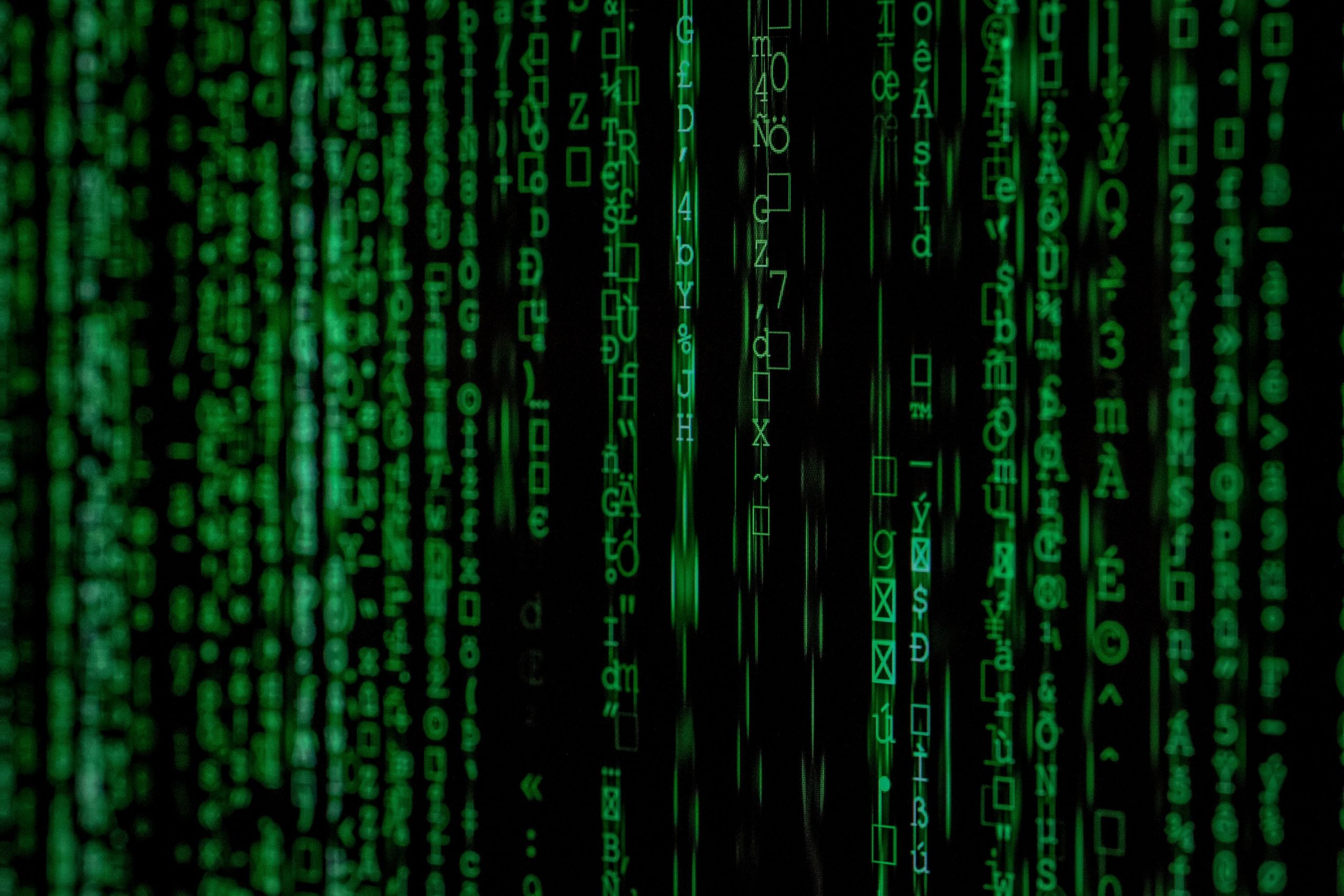
Film Critic Jimmy Simpson re-enters The Matrix on its twenty-fifth anniversary, finding the Wachowski sisters’ concerns about AI to be more timely than ever
Twenty-five years have passed since the release of the Wachowski sisters’ seminal sci-fi flick The Matrix. The film features Keanu Reeves in the lead role as Thomas Anderson, a computer hacker who goes by the alias ‘Neo’ and who discovers that his world is in fact a simulation generated by a malevolent artificial intelligence. Following his encounter with a dissident group led by the elusive Morpheus (Laurence Fishburne), Neo gains access to the real world and joins the resistance to liberate humanity from the Matrix.
“In the world constructed by the Wachowski sisters, technology is not a light leading humanity to salvation, but instead one that shimmers with a menacing green glow
In the quarter of a decade since its release, The Matrix has become deeply embedded in the popular imagination, spawning a plethora of memes and cultural references from the ‘red pill’ (and its unfortunate appropriation by inceldom) to the ‘bullet time’ visual effect. The film also represents one of the most iconic entries in the cyberpunk subgenre, a branch of science fiction depicting dystopian futures in which technological advancement juxtaposes social breakdown. Like other famous cyberpunk media including Blade Runner (1982) and Akira (1988), The Matrix resists teleological narratives of technology that frame it as a tool for progress or liberation and imagines a bleak alternative in which humanity is held captive to its own ingenuity. Specifically, The Matrix resists the tide of techno-optimism that swept popular culture around the turn of the twenty-first century, a period during which computer technology and the Internet gained mainstream ascendancy. In the world constructed by the Wachowski sisters, technology is not a light leading humanity to salvation, but instead one that shimmers with a menacing green glow.

The Matrix has taken on a new resonance in the last couple of years owing to new developments in the field of artificial intelligence. During the last decade AI technology has exploded into almost every aspect of our everyday lives, encompassing internet search engines like Google, automated personal assistants like Siri and Alexa and generative systems like ChatGPT. While many have pondered the utopian possibilities that this technology may offer, it has become increasingly apparent that AI also carries with it a sinister potential. The risks associated with AI technology may not currently be as far-fetched or apocalyptic as those depicted in the world of The Matrix, but if taken metaphorically the film accurately portends an age in which digital technology and the corporate interests that command it increasingly regulate every movement and decision we make, to the point that our lived reality becomes increasingly difficult to distinguish from a simulated one. This is hardly a new interpretation: the Wachowski sisters have been openly receptive to allegorical readings of The Matrix, including its relationship to the post-structuralist philosophy of Jean Baudrillard, whose theory of ‘hyperreality’ (first introduced in his 1981 work Simulacra and Simulation) posits that life under late capitalism has become so saturated by culture and media that actual reality has been superseded by a disorienting world of consumer signs (or ‘simulacra’). This hyperreal condition has arguably intensified in the decades since The Matrix, with AI technology and social media in particular reshaping our experience of the world and others at an unprecedented level.
“The Matrix remains just as relevant and thought-provoking in 2024 as it was in 1999
The Matrix remains just as relevant and thought-provoking in 2024 as it was in 1999. Although, to the best of our knowledge, we do not inhabit sleeper pods, trapped in a computer simulation and unwittingly ruled by evil machines, the world of The Matrix may not be so far removed from our contemporary one. Perhaps we are currently living out our own cyberpunk reality, albeit one without slick hovercrafts.
Enjoyed this feature? Check out these other recent articles from Redbrick Film:
Glasgow’s Wonka Experience and AI Art | Redbrick Film
Comments